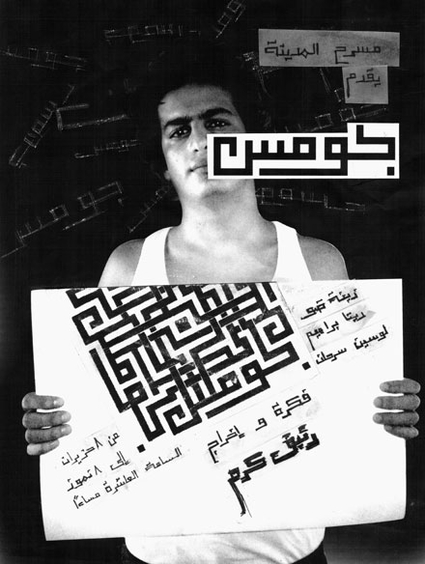How to integrate Arabic Calligraphy into modern design layouts?
In the past few years the Arabic calligraphy was a comeback into modern logotypes and contemporary design layouts. That was mostly due to the international awareness of the Iranian calligraphic and typographic work. While most Arabic nation (especially Lebanon) were neglecting the Arabic calligraphy and preferring computerized Arabic fonts instead, Iranian typographers embraced the calligraphic heritage and incorporated the calligraphy into modern typographic layouts.
Below is the link the full article on my blog:
Arabic Calligraphy & Typographic Layouts
For the past decade in Lebanon, Arabic calligraphy was seen as old stylish and not fitting with modern typographic layouts, most Arabic calligraphers in design and advertising firm were replaced with computerized Arabic fonts; whereas, skills of the talented calligraphers was neglected. In the past few years the awareness about Arabic calligraphy and Arabic type design began to grow again in Lebanon and graphic designers as well as Graphic Design schools in most of the Lebanese universities started to introduce again Arabic calligraphic and typographic work into their curriculum and encouraging the student to learn, understand and love Arabic calligraphy and not see it as an old fashioned art.
Personally I always try to introduce Arabic type and calligraphy into my typography courses and try my best to make the students interested in Arabic type and to be aware of the importance of Arabic calligraphy, which can be part of modern Arabic graphic design. Most of the students start the semester with a huge dislike to Arabic type and end up the semester excited to learn and experiment more with Arabic type and calligraphy.

